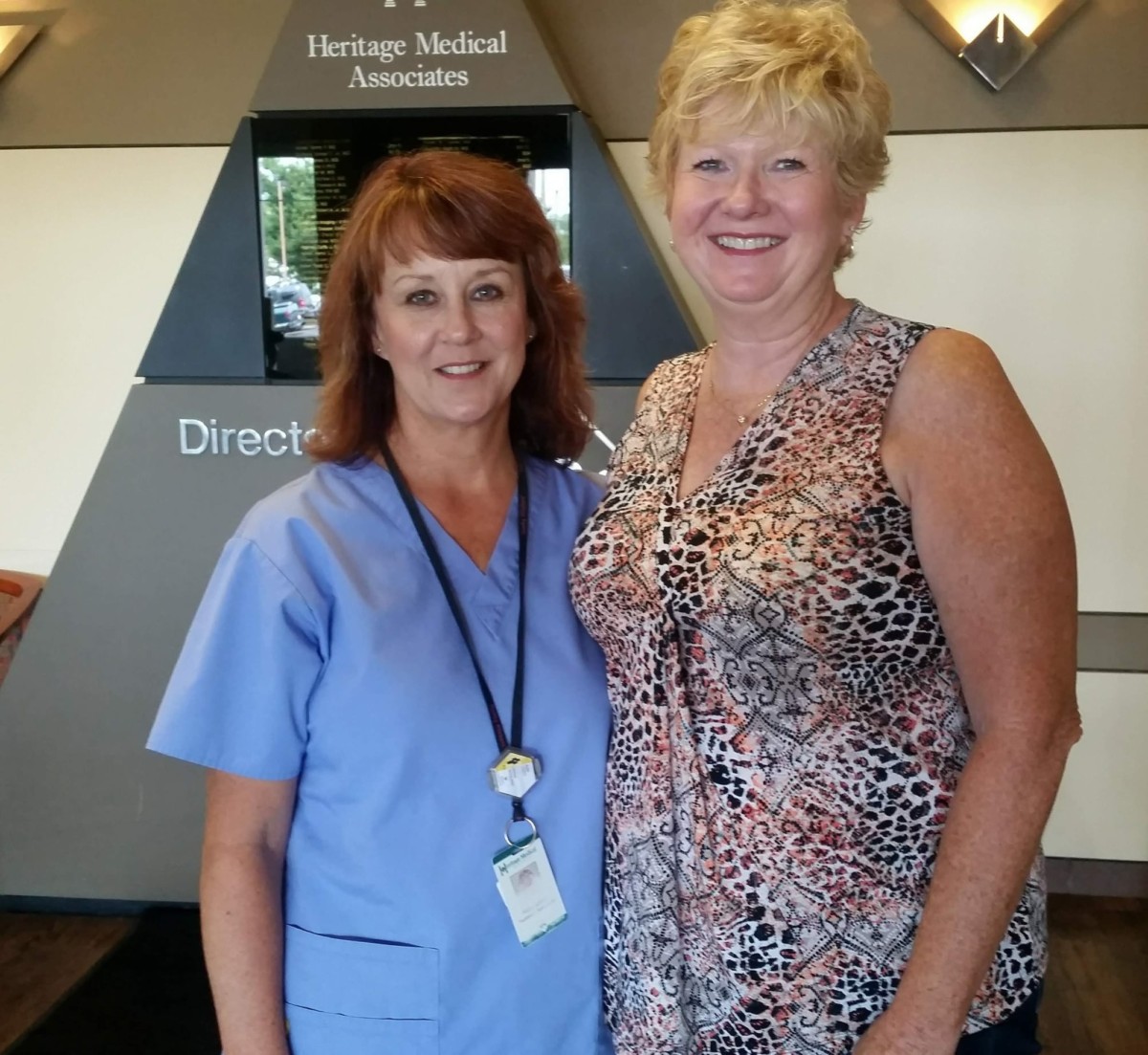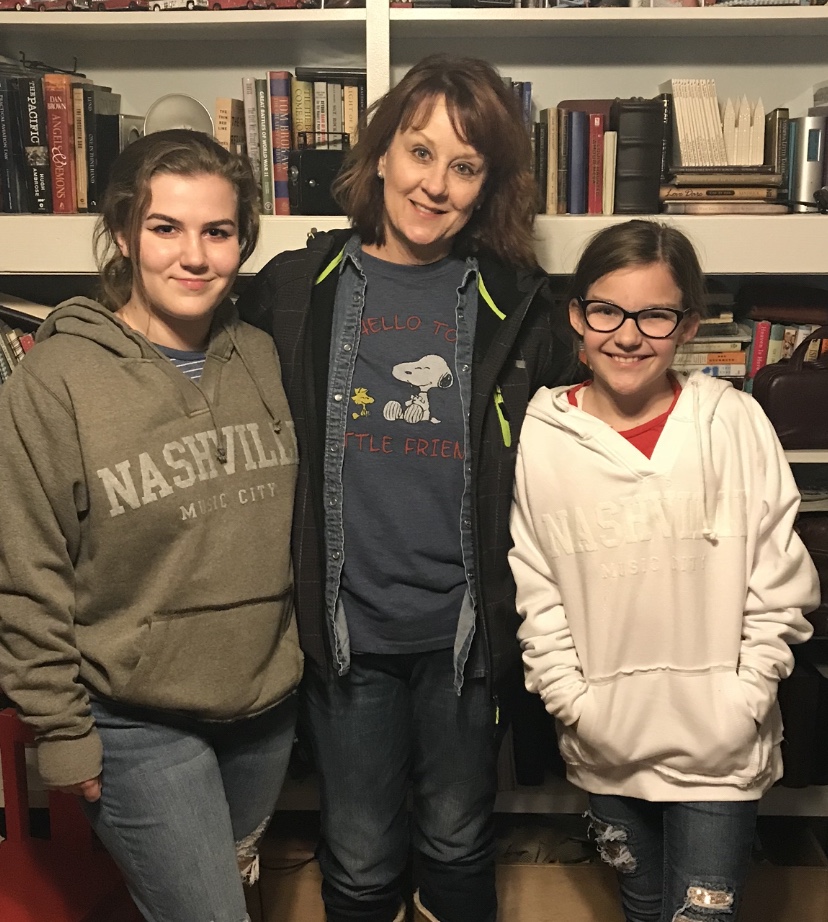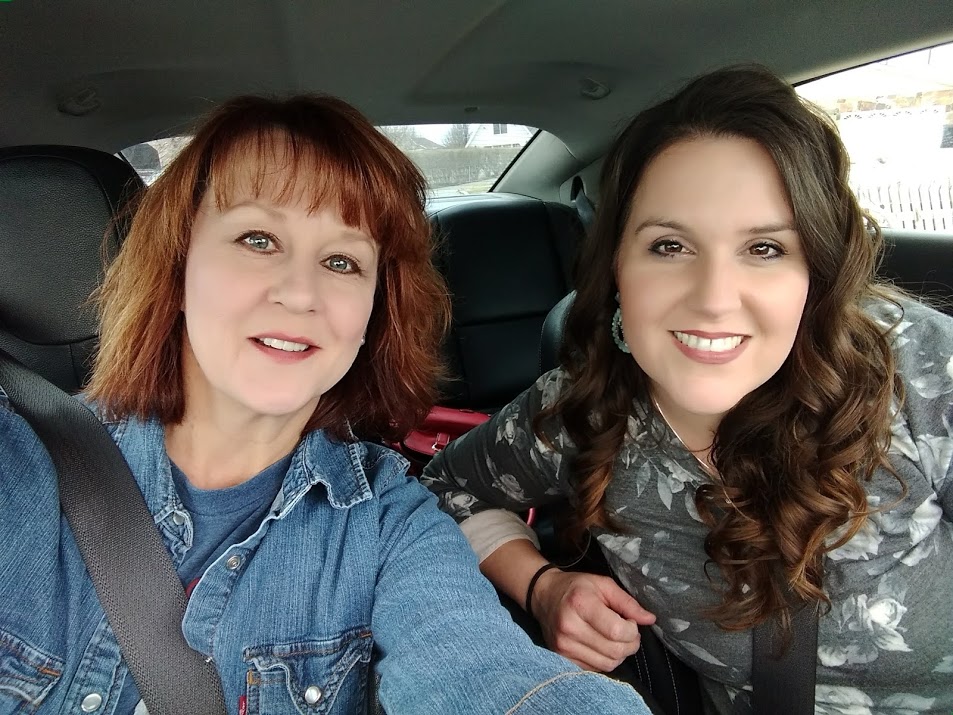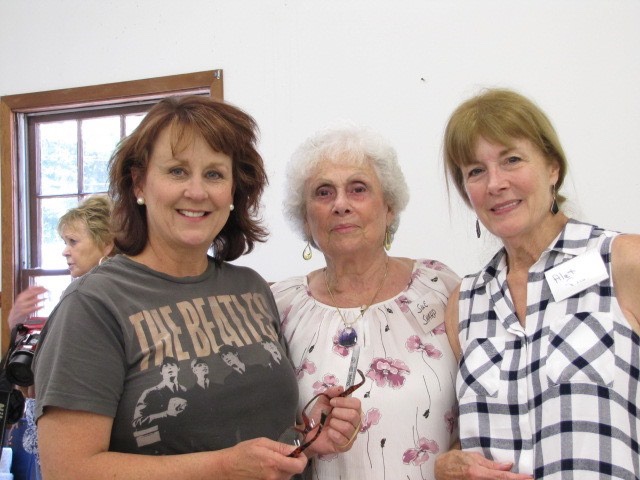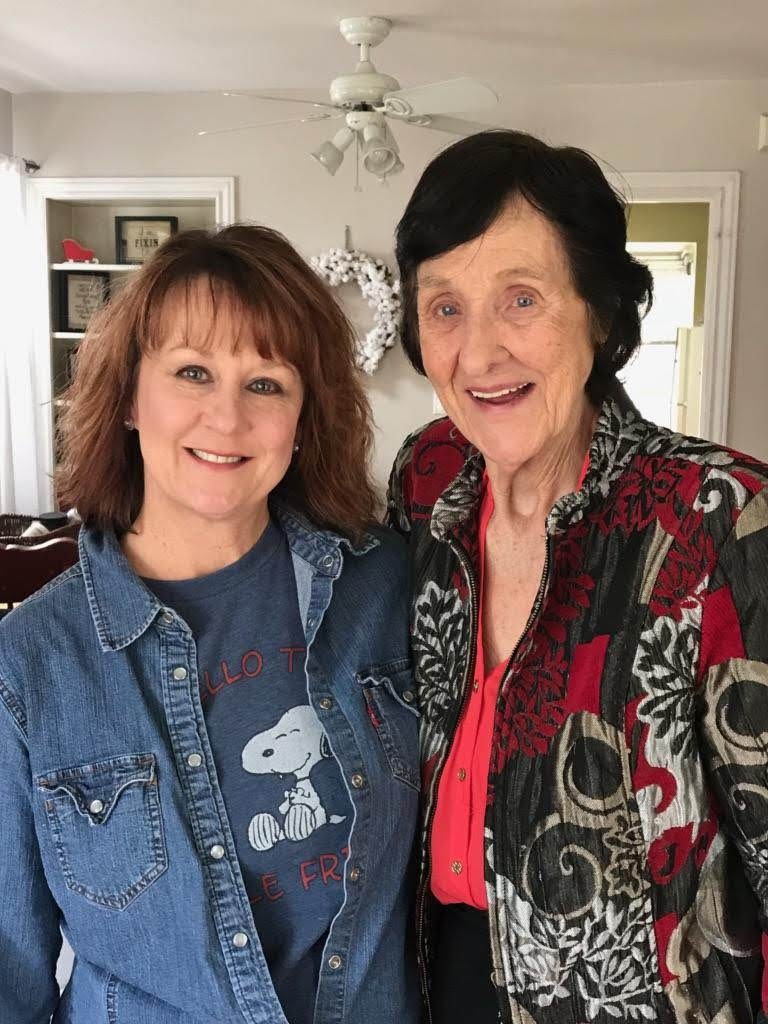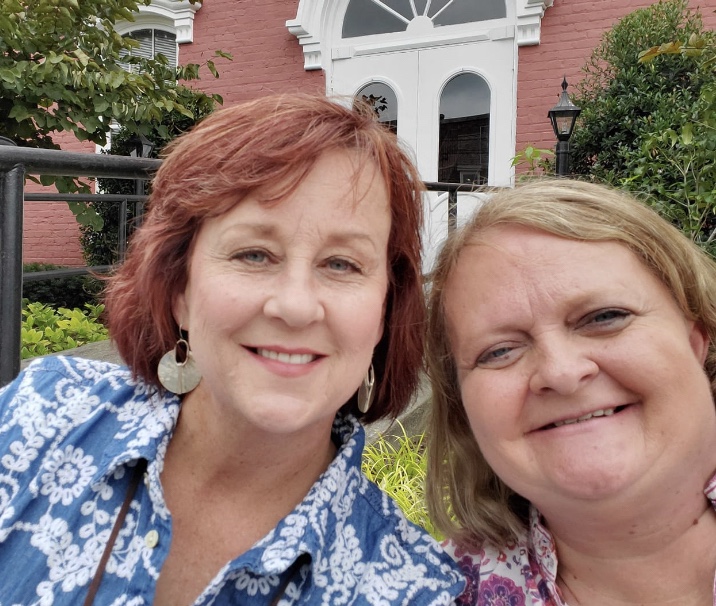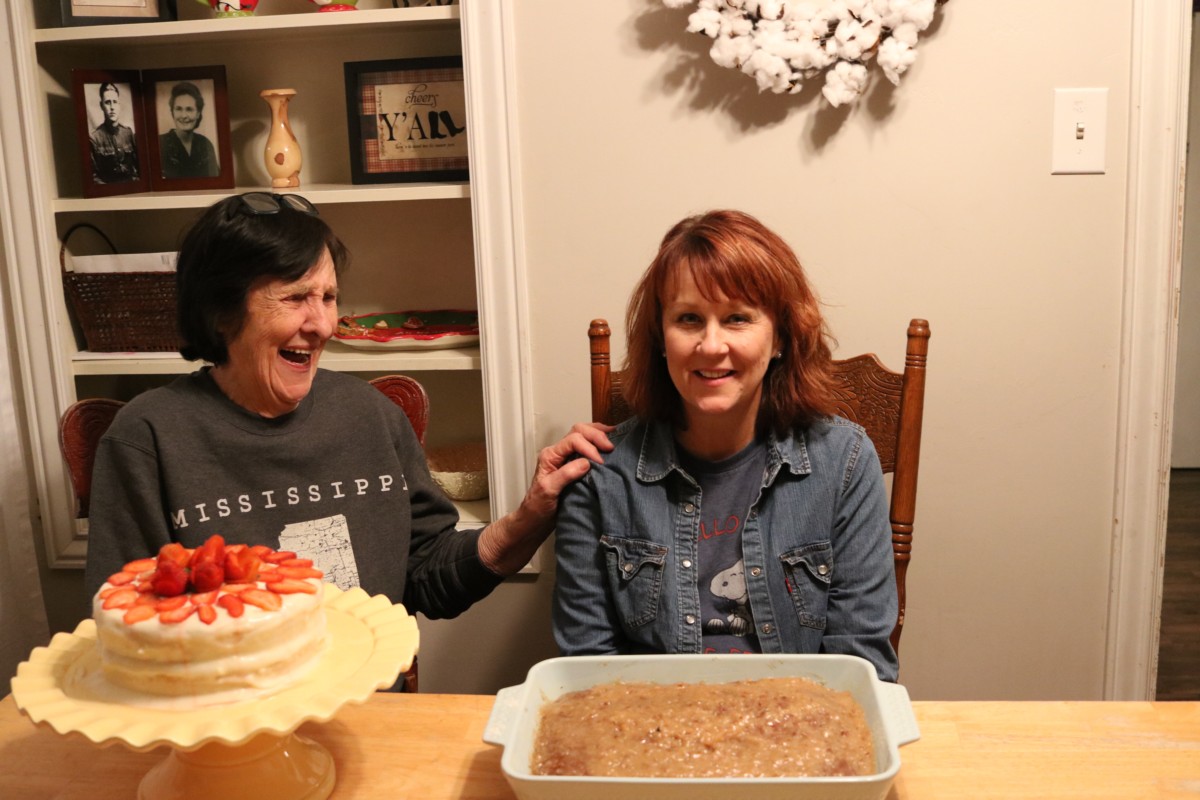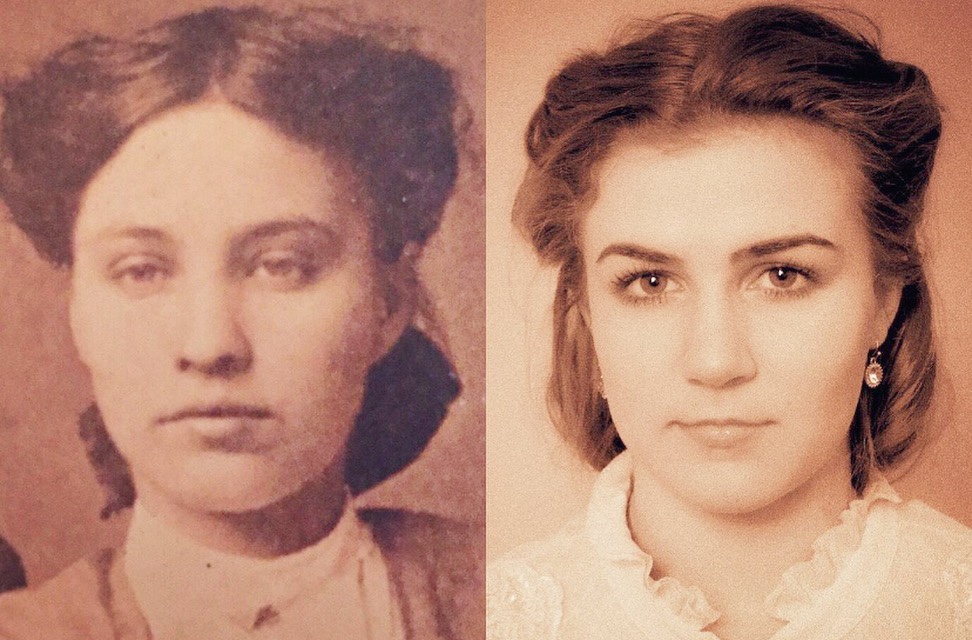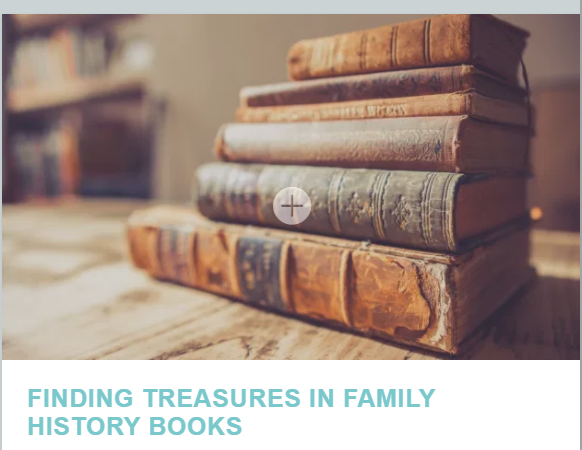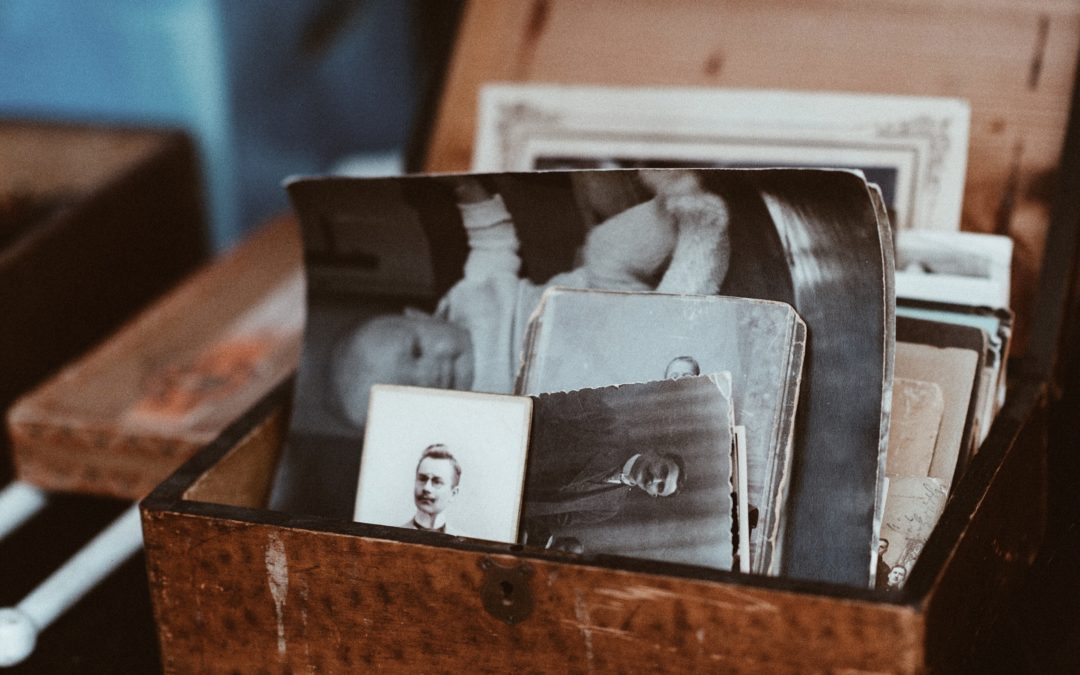
Look What Love Can Do- A Journey of Adoption, DNA, and Destiny
My name is Ruby Lovett. I was born at the Charity Hospital in Laurel, Mississippi one early February morning. My parents had a little 20 acre farm six miles east of the little town of Laurel, and that’s where I lived until 1990, when I moved to Nashville to become a country music star. I am an adopted person. It seems like I always knew that, as my adoptive parents never made any secret of that fact. My adoptive mother sat me down and told me before I started the first grade, as she said she didn’t want me to find out from any of my fellow classmates. I asked her once how I took the news, if it seemed to bother me at all. She said no– that I just went back outside to play. That was pretty much my attitude my entire life about being adopted. I think I just saw it as a fact of life. Being adopted at seven days old, I never knew any different. My parents were my parents. I was loved and well cared for. My Mama and Daddy told me what they knew of my birth family…my birth mother’s name and a little about her family. As far as my birth father went, one name always came up as a possibility, other than that- just rumors.
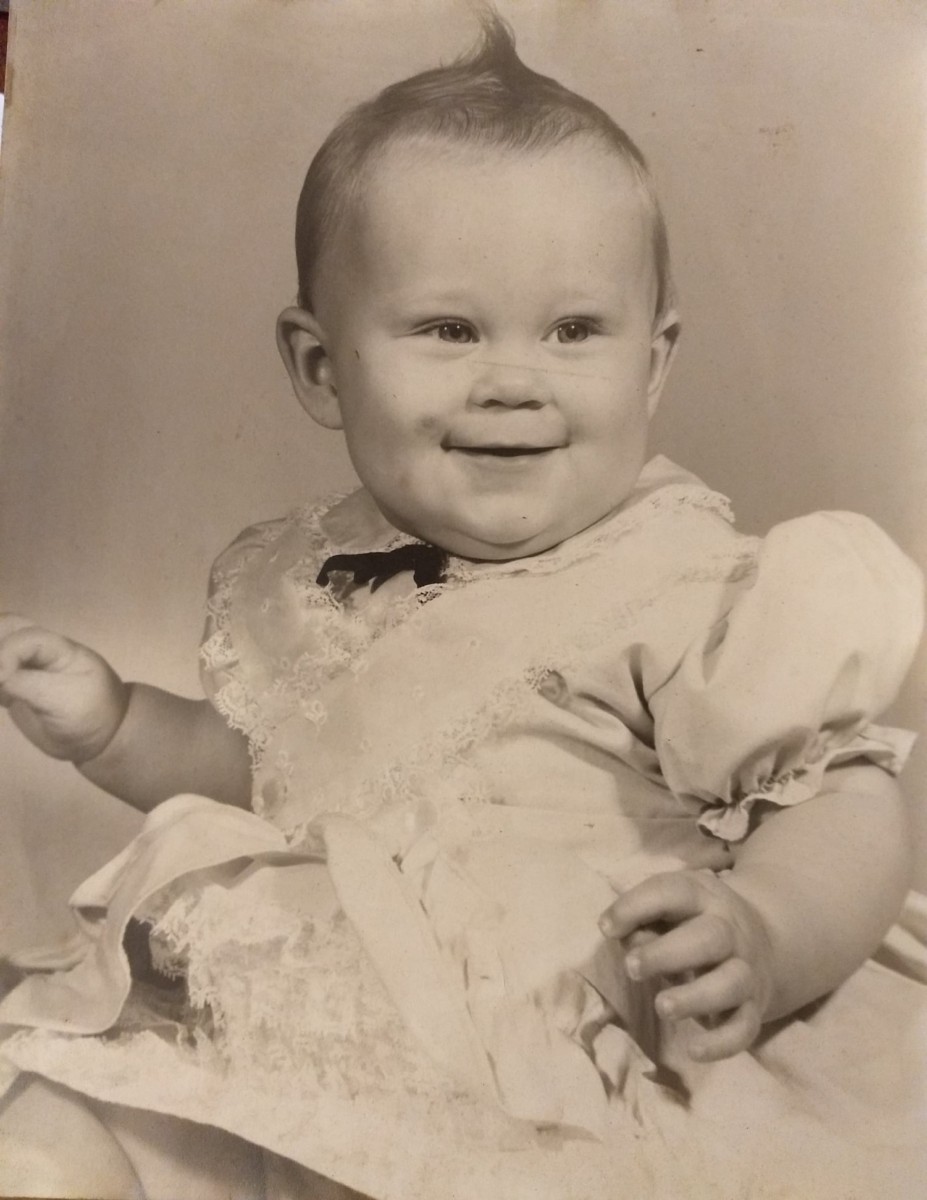
My adoptive parents were older. Mama was 51 years old when she and Daddy adopted me. I’ve often thought how grateful I am to have been raised by older parents, because I learned a different way of living and doing things than most folks my age. One of the many things I adored about my parents, were their “sayings”. Growing up I loved to whistle…my Mother used to say “A whistling girl and a crowing hen, always comes to a bad end”. I’m sure that was just to stop my whistling, as whistling, she believed, was not a very lady-like habit. My Daddy was a jokester…he loved to pick at me. His nickname for me growing up was either “buddy” or “snake”, depending on the day. One of the things he liked to pick at me about was my freckles…he’d say “You look like you swallowed a dollar and broke out in pennies”. I sometimes would wonder where those freckles came from. One of the things I did feel like I missed out on growing up was seeing people that looked like me- that had my eyes or the same nose, or those freckles. I could always sing as well….I made my public debut singing at the ripe old age of three to a crowd at a gospel music singing convention. Sometimes growing up, I’d wonder where that gift came from too.



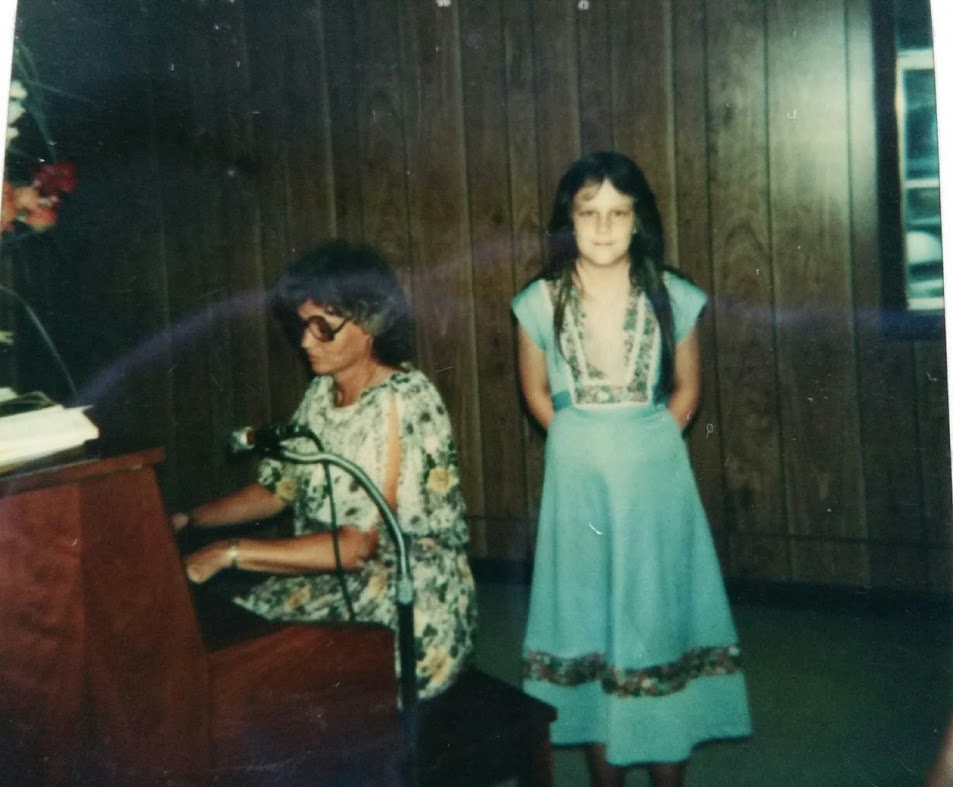
Fast forward to my early 30s. I was dating a guy that was also adopted. I made a trip with him once to confront someone he believed was his birth mother. When we arrived at the address, he was too nervous to go to the door, so I went but wrong address. It got me to thinking though….maybe I should want to meet my birth mother…maybe there was something wrong with me that I’d never attempted to go see her….MAYBE doing this would change me somehow and make me a more “whole” person. So, I went. I remember exactly how I felt as I approached her house. As my Daddy used to say, “I was nervous as a long tailed cat in a room full of rocking chairs”. For some reason, I went into a laughing fit as I came near her door. Nervous release I guess. The meeting went well, I was able to ask lots of questions and got some answers. One question I asked was who my birth father was. She give me the name I’d always heard growing up. Hmm. Ok then, it must be true.

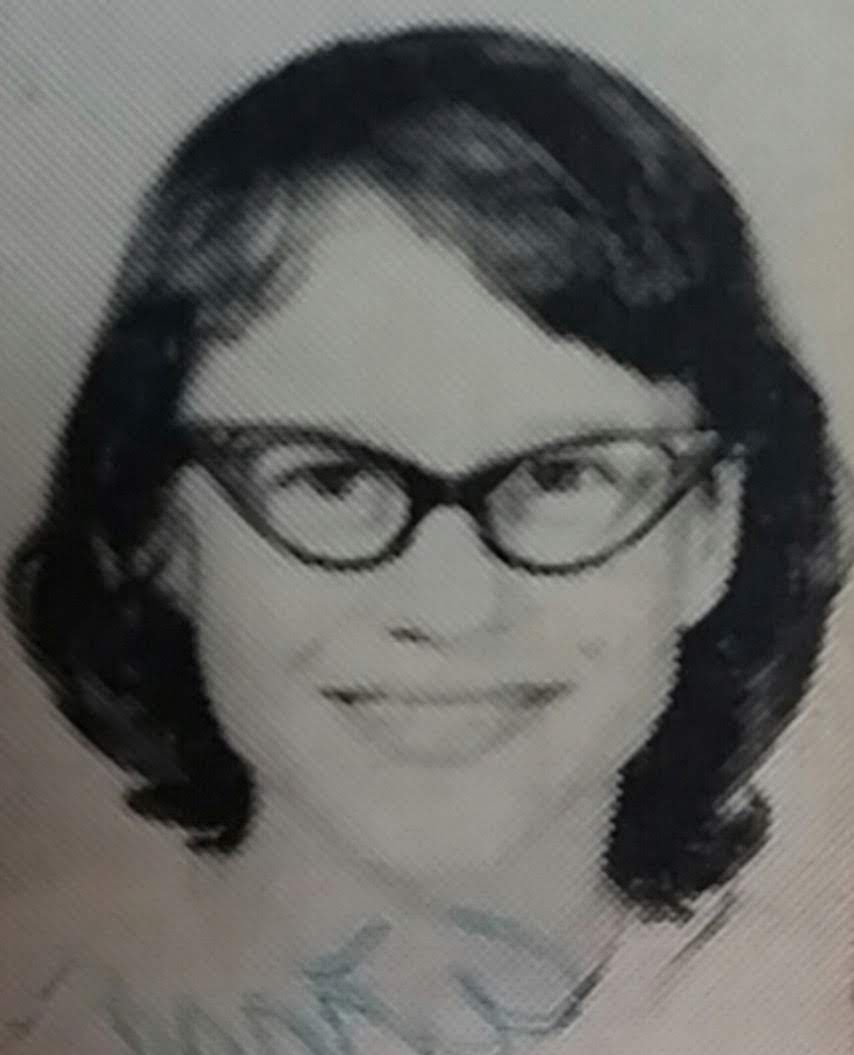
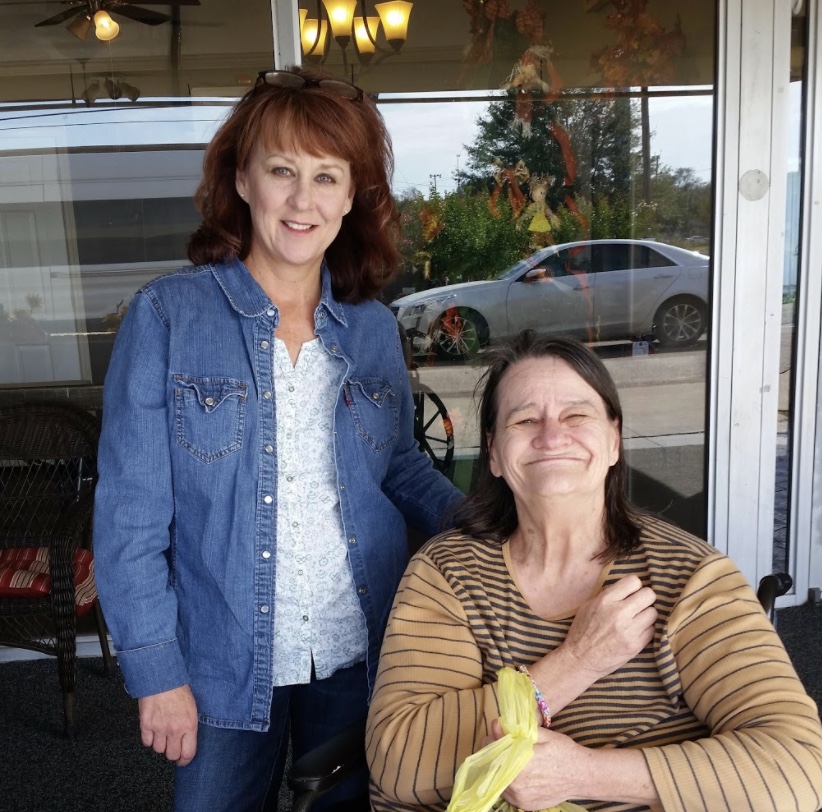
I never gave anymore real thought to my birth father’s identity until two years ago. I had taken a DNA test through Ancestry.com just to learn what my ethnicity was. Then, however, began to notice that none of my paternal matches pointed toward the man I’d always been told was the one. Then my head caught on fire…..I had to know for sure who he was. I went to work! I’ve said often through this journey, that if I’d applied myself to my music like I did this, I’d be a millionaire SUPERSTAR. I won’t bore you with all the details, but let’s just say, I should have been a private investigator. I took stalking to a whole new (non-scary) level. I spoke with funeral home directors, coroners, detectives and a host of strangers that did not know me or know of my existence. I’m the girl that used to refuse to call and order a pizza, because I did not want to talk to someone I didn’t know. Ha!
With lots of hard work, the help of friends and newly found cousins (my partners in crime), and one very special “search angel”, I finally discovered my birth father’s identity. Turns out he died in 1998. However, all the hard work paid off. I not only have a host of new wonderful cousins (and two rude ones), I now have a brother (half brother, but who’s counting), a sister-in-law, a niece, nephew and two great nephews. My brother never knew about me, and I certainly never knew of him, but we grew up just one county apart. It took 50 years, but we finally met for the first time on April 13, 2018. That was a meeting I’ll never forget. I think we were both scared to death but excited. He gave me a gift that visit. When he got home from that first weekend, he called me and told me to go in the living room and look behind the couch. He had left me one of his guitars. Yes, that’s right, my newly found brother also sings, writes songs and plays guitar. In the genes? May be.


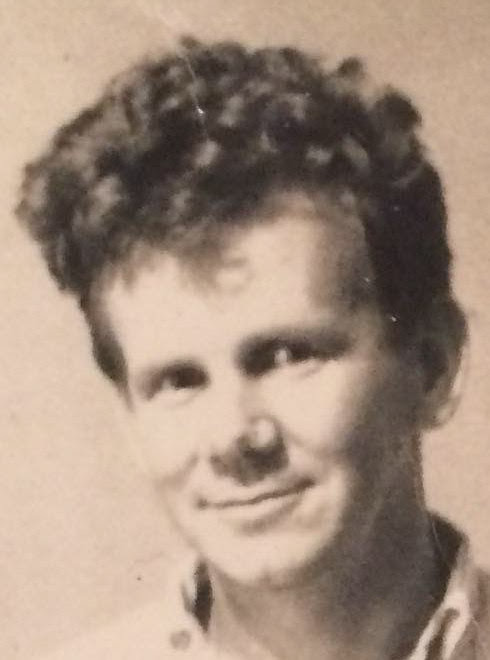





I have to tell you all that this journey has changed my life. Has it changed me? No, I’m still Ruby. However, I’ve learned something about myself. I CAN do things that make me nervous and uncomfortable. I for sure WILL pick up the phone and order a pizza now, no problem…Ha! I have a newfound, non self-harming habit…errr… I mean hobby-family history research. Even though the two main players are figured out, there are great-grandparents and great-great grandparents to look for and discover. It’s something I’ll do and enjoy the rest of my life, I hope. My adoptive parents have been gone many years now. I’d like to think that they wouldn’t have minded my looking for my birth family and hope they would have been as fascinated by the process as much as I’ve been.
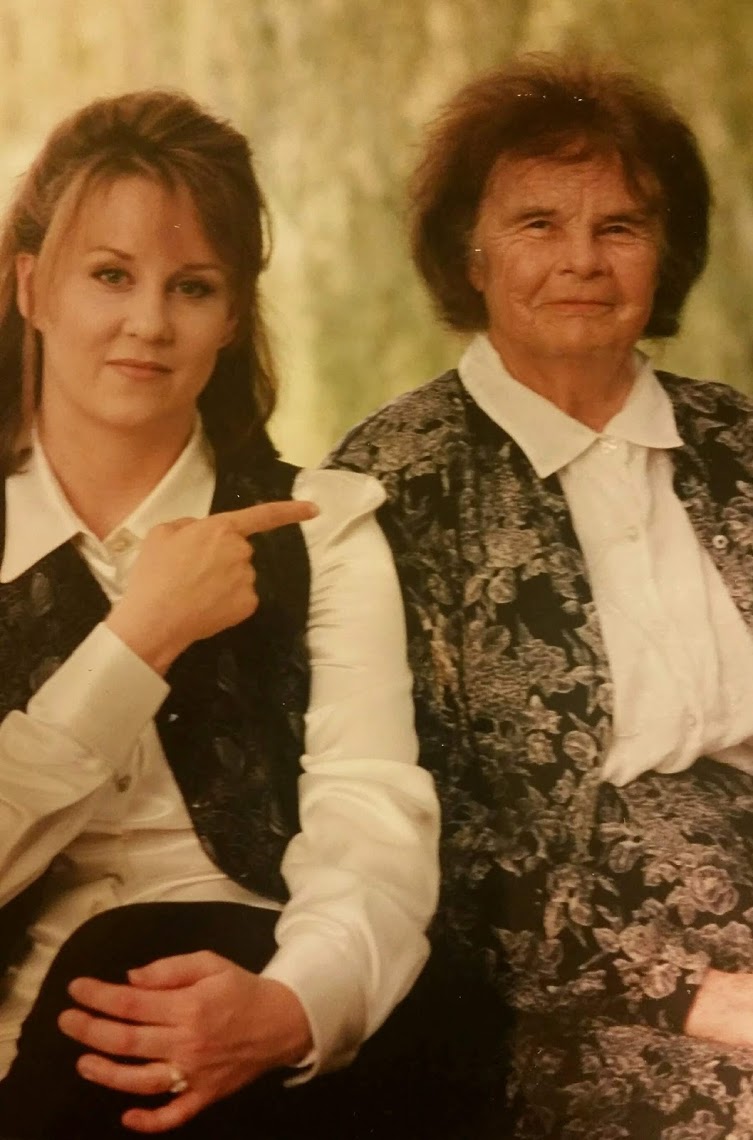

I want to thank everyone who helped me along my way on this journey, and I’d like to encourage others who are adopted and have a desire to know where they came from, to take the test, do the work!
You have a right, I believe, to know who you are and where “your people” came from. It most likely will not change who you are, but it sure might help you learn about yourself, by learning where you came from.


